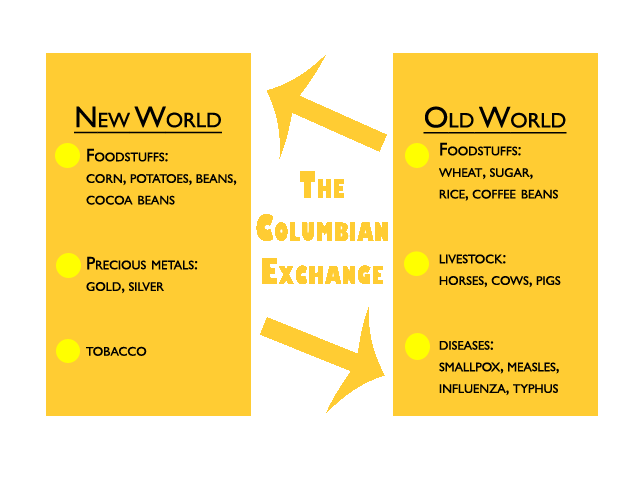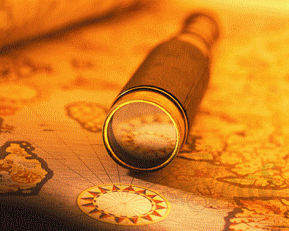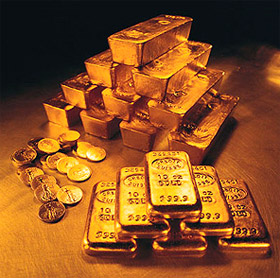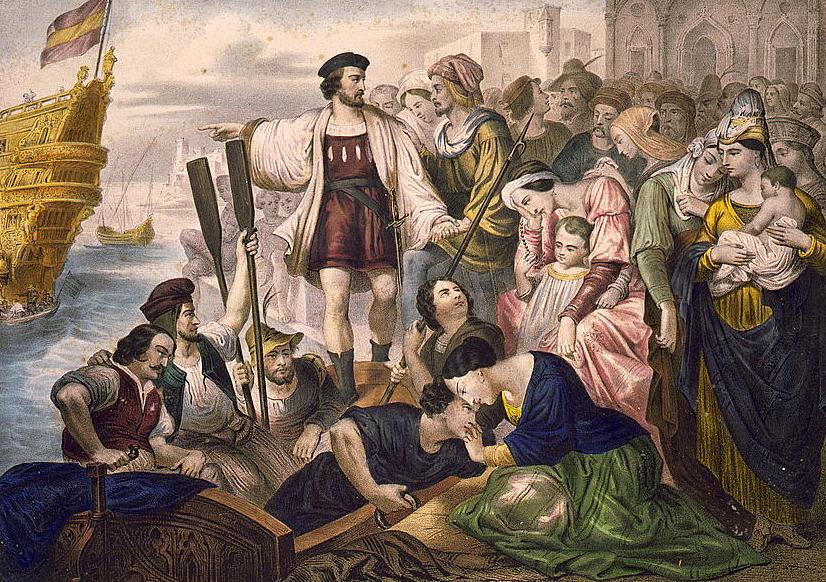The Age of Exploration ended in the early 17th century after technological advancements and increased knowledge of the world allowed Europeans to travel easily across the globe by sea. In addition, the creation of settlements along the coasts of the newly found areas created a network of communication and trade, therefore ending the need to search for trade routes. Though the Age of Exploration officially ended in the 17th century, it is important to note however that the exploration did not cease entirely at this time. Eastern Australia was not discovered until 1770 and the Arctic and Antarctic areas were not heavily explored until the 19th century. Much of Africa also was also unexplored until the 19th and even early 20th centuries.

Even though much of the travel during the Age of Exploration was done in an effort to find new trade routes, it did have a significant impact on geography. By traveling to different regions around the globe, explorers were able to learn more about areas like Africa and the Americas. In learning more about such places, explorers were able to bring knowledge of a larger world back to Europe.
In addition to just learning about the presence of the lands themselves, these explorations often brought various new species (important to biogeography) and new cultures of people to light.
Methods of navigation and mapping also improved as a result of the travels of people like Prince Henry the Navigator. Prior to his expeditions, navigators used traditional portolan charts which kept them tied to the shoreline. Among the many goals of his expeditions were to develop a new nautical chart so future sailors could sail out of sight of land. He did so, creating one of the first nautical maps. It was also discovered in the Age of Exploration that the world was round and not flat.
The Age of Exploration served as a stepping stone for geographic knowledge. It allowed more people to see and study various areas around the world which increased geographic study, giving us the basis for much of the knowledge we have today and creating a link to all the countries in the world.






